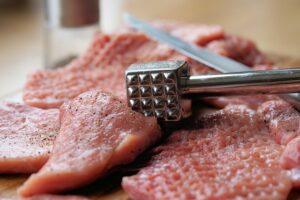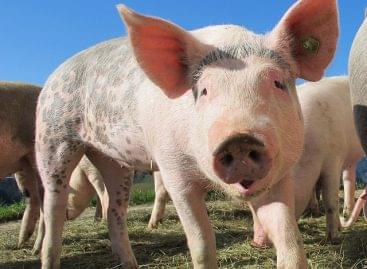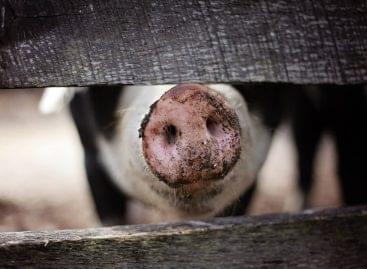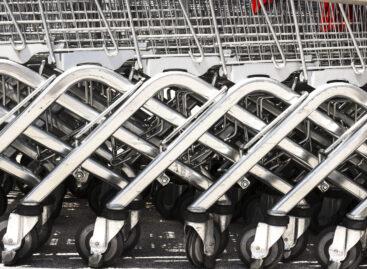Expensive snacks – you have to dig deeper into your wallet for meat
Despite the fact that pork remains popular among Hungarian consumers, prices have risen significantly in recent years. While the average price per kilo of fresh pork has increased by nearly 70% in 5-6 years, the price of processed meat products has increased by more than 60%. Price levels of around 3,000 forints/kg are now common on store shelves, and premium products cost much more, points out the article in Agrárszektor.
Pork continues to lead – but expensive
 According to statistics, a Hungarian consumes around 30 kilograms of pork per year, but the amount going into the basket is decreasing. Between 2018 and 2024, the consumption of fresh meat fell from 83 kilograms to 76, and that of processed products from 48 kilograms to 44. Meanwhile, prices have almost doubled: fresh pork costs 2,930 forints per kilo, up from 1,724 forints on average, and the price of processed products has increased from 978 forints to 1,653 forints.
According to statistics, a Hungarian consumes around 30 kilograms of pork per year, but the amount going into the basket is decreasing. Between 2018 and 2024, the consumption of fresh meat fell from 83 kilograms to 76, and that of processed products from 48 kilograms to 44. Meanwhile, prices have almost doubled: fresh pork costs 2,930 forints per kilo, up from 1,724 forints on average, and the price of processed products has increased from 978 forints to 1,653 forints.
Market reorganisation, small shops being squeezed out
The market is increasingly dominated by discount chains, while small shops continue to lose ground. Customers typically prefer more price-sensitive chains. For example, boneless pork legs are offered for 1,778 forints by Spar, 1,805 by Penny, 1,855 by Aldi, while Auchan offers them in protective gas packaging for 2,255 forints. The price of minced pork ranges between 969 and 1,089 forints for a 500-gram package.
Rising stock, tight sector situation
By the end of 2024, the pig population had increased by 7%, the number of sows by 12%, and the population had grown to 2.8 million. At the same time, processors are unable to enforce cost prices, so rising costs are putting pressure on profitability. Meanwhile, exports expanded by 12%, imports also increased, although live pig imports decreased. Imports of processed legs, on the other hand, increased significantly, partly due to administrative reasons.
Domestic producers have so far received 95 billion forints in support through the Rural Development Program, but according to professional organizations, consumer decisions are also key in the long term: if there is demand for domestic meat, there will be Hungarian production behind it.
Related news
K&H: significant price drop in the pork market
🎧 Hallgasd a cikket: Lejátszás Szünet Folytatás Leállítás Nyelv: Auto…
Read more >The price of slaughter pigs has decreased in Hungary and in the EU
🎧 Hallgasd a cikket: Lejátszás Szünet Folytatás Leállítás Nyelv: Auto…
Read more >Four tons of meat products seized in Röszke
🎧 Hallgasd a cikket: Lejátszás Szünet Folytatás Leállítás Nyelv: Auto…
Read more >Related news
Christmas shock in commerce: for the first time, we can pay with bank cards in fewer places
🎧 Hallgasd a cikket: Lejátszás Szünet Folytatás Leállítás Nyelv: Auto…
Read more >Hungarian Confectionery Manufacturers Association: trends in 2025 and prospects for 2026
🎧 Hallgasd a cikket: Lejátszás Szünet Folytatás Leállítás Nyelv: Auto…
Read more >Most grocery chains will be open until noon on December 24th
🎧 Hallgasd a cikket: Lejátszás Szünet Folytatás Leállítás Nyelv: Auto…
Read more >






